About Cataract Surgery
Anaesthesia
Type of anaesthesia
Most cataract surgery is done under local anaesthesia. This involves placing a local anaesthetic around the eye to ensure that you are pain-free throughout the operation. This can sting a little just like the anaesthetic you would have at the dentist. But after that, the eye is numb and ‘asleep.’
You will be awake for the procedure and will be able to hear our team and some relaxing music if requested. This has the advantage of a faster recovery. You will be able to leave hospital 1-2 hours after the operation.
Some patients are nervous about being awake during eye surgery. In these cases, we can offer you some local sedation besides to the local anaesthesia. This is given intravenously by our consultant anaesthetist during your procedure and will help relax you. You will still be awake but relaxed.
Some of our patients prefer to have a general anaesthetic, so they are asleep for the operation. Our Consultant Anaesthetist will perform this procedure and will assess you for this type of anaesthetic.

I had the best experience working with Dr Crawley. I felt looked after and she took the time to get to know me. I would highly recommend her.

From the moment I met her to the moment I left, I was treated with great courtesy and kindness, and everything was explained to me in layman’s terms so I could fully understand my condition. I was immensely impressed.

“Thank you very much for seeing me yesterday, you were marvellous and a pride to the NHS”

Dear Laura,
Just a quick note to say thanks for looking after my mum Mrs M. so wonderfully. It was so good of you to take so much time and care as she was very worried about my appointment and you really made such a difference to my experience. Thank you.

Dear Angela and Laura,
Thank you very much for seeing me yesterday. You were both marvellous and a pride to the NHS. You could, if you two wish, send this to your line manager. Thank you again!

Dear Laura,
Enjoy your holiday and thanks for everything so far.
Best Wishes
How is a cataract removed?
Modern cataract surgery is a technical and advanced procedure carried out under a microscope. Miss Crawley has a lot of experience in this process. She performs both routine and complex cases in her role as a cataract and glaucoma surgeon at The Western Eye Hospital, Imperial College Healthcare NHS Trust.
The specialist uses 2-3 micro-incisions, 1.5 to 2.7mm in size. The cataract is held within a capsule support structure attached to the wall of the eye with micro-springs called zonules. The specialist will disassemble and emulsify the cataract with a particular technique (phacoemulsification). Then the specialist removes the cataract leaving the capsule intact. An artificial lens is then placed into the capsule. This new lens is selected for the individual patient. Most often no sutures are required in non-complex cases. The specialist will apply a dressing with a clear shield for protection.
What can i do after a cataract eye surgery?
- You will have antibiotic and anti-inflammatory drops for four weeks. T is important that you use them as directed throughout that time.
- You cannot swim or use a steam room for one month after the operation.
- You can return to driving as soon as you can read the number plate at the required distance. There is no prescribed time to refrain from driving. You must ensure you meet the normal DVLA standard.
- Routine bathing and hair washing is fine. But try not to allow soaps to enter the eye for 1-2 weeks after the operation. They can irritate the eye and rub it may disturb the wounds.
- You will wear a clear shield at night for two weeks to stop inadvertent rubbing of the eye when asleep.
What should I expect after cataract surgery?
If you have a strong glasses prescription in the other eye, you may feel that both eyes are ‘unbalanced’ in the immediate time after surgery. You may find judging depth more tricky. You should undertake activities such as descending stairs or pouring hot drinks with caution.
Ms Crawley will have discussed this with you before surgery. It would be usual to have the second eye operated on 2-4 weeks later to balance both.
What are the risks of cataract surgery?
Serious or frequently occurring risks during the operation
Details on the most common specific complications
Red bloodshot eye- it is normal for the eye to look red after the procedure. It will become completely white and healthy again over the following two weeks.
Posterior capsule rupture- the capsule that holds the lens is a delicate structure. There can be an inherent weakness in the capsule. This means that it becomes disrupted in the procedure. This may mean that the operation must be carried out in 2 parts rather than in one sitting. In such cases, it may be better that the specialist removes the cataract as part one. This will allow the eye to settle down for 4-6 weeks before the new lens is implanted as a second procedure. In such cases, it takes longer for the eye to recover but a good result is still expected. This is not an event that often occurs.
Raised eye pressure
This may require temporary treatment with drops after the procedureCystoid macular oedema- inflammatory fluid in the retina. It is more common for patients with diabetes. Your specialist will prescribe an extra drop for 2-3 months to reduce the chance of this happening. Nepafenac drops have been successful in reducing this and are excellent approved.
Refractive surprise- Detailed measurements are known as biometry are carried out as part of the pre-operative assessment. Measurements of the length and curvature of the eye are important in choosing the correct lens. Rarely, despite the best measurements the prescription is different from that expected. It may be that spectacle correction is still required in such cases. Sometimes the implanted lens may be exchanged, but this is uncommon.
Allergy to post-operative drops. Most people tolerate the post-operative drops well. Some patients are sensitive to the preservative within the bottle rather than the active drug ingredient. Should this be the case, your specialist will prescribe you preservative free drops.
Corneal decompensation- The cornea is the window at the front of the eye. micro pumps on the inner surface maintain the clarity. As we get older, the number and function of these pumps declines. Cataract surgery can disturb the function of the pumps causing the cornea to cloud. In the majority of cases, this is temporary and settles with time or extra drops. In some cases, further surgery to replace part of the cornea may be required.
Retinal detachment- this is uncommon after routine cataract surgery.
Accreditations and Memberships
Related articles
If you have glaucoma and need cataract surgery
A fast-track treatment for individuals with glaucoma who also need cataract surgery is a game changer because it dramatically reduces the time that patients will spend in surgery and recovery. Thanks to medical advances, both conditions can now be treated in the same operation, meaning that the recovery time for patients is exactly the same as for a single cataract operation. Laura Crawley and her colleagues at the Western Eye Hospital at Imperial College NHS Healthcare Trust were one of the first teams in the UK to offer revolutionary laser therapy and micro-stent implants to glaucoma patients.
Over 60? Take this 2 minute quiz to assess your glaucoma risk
Over 60? Take this 2 minute quiz to assess your glaucoma risk 1. When did you last have a routine eye test? All routine eye tests involve measuring the pressure inside the eye [...]
Glaucoma symptoms – 5 important warning signs you need to see a professional right away
Glaucoma in its commonest form is entirely asymptomatic and you cannot rely at all on noticing a change in vision or other eye symptoms to alert you to the possibility that you might have early disease. However, there are some important warning signs you should not ignore.





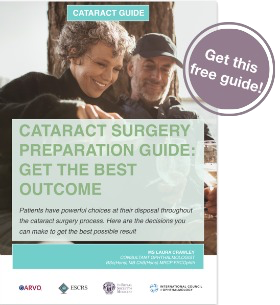









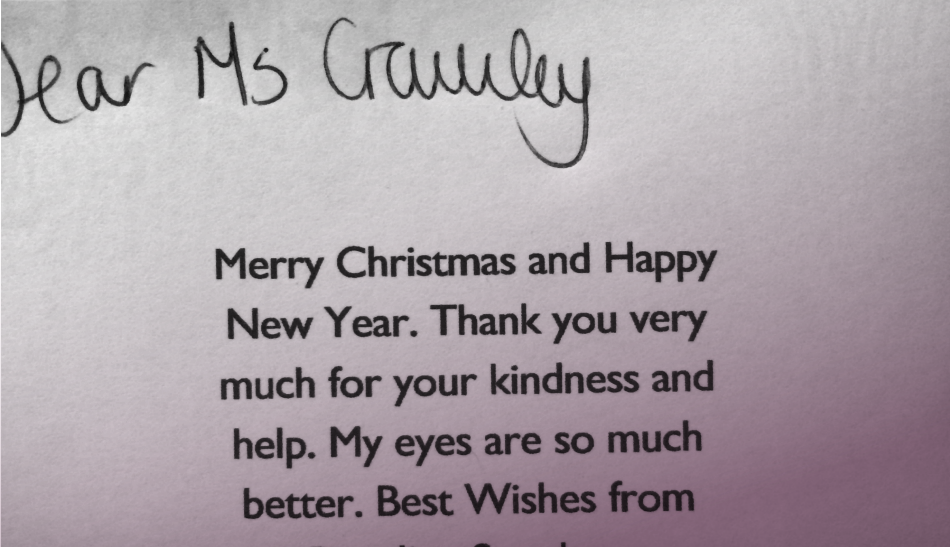


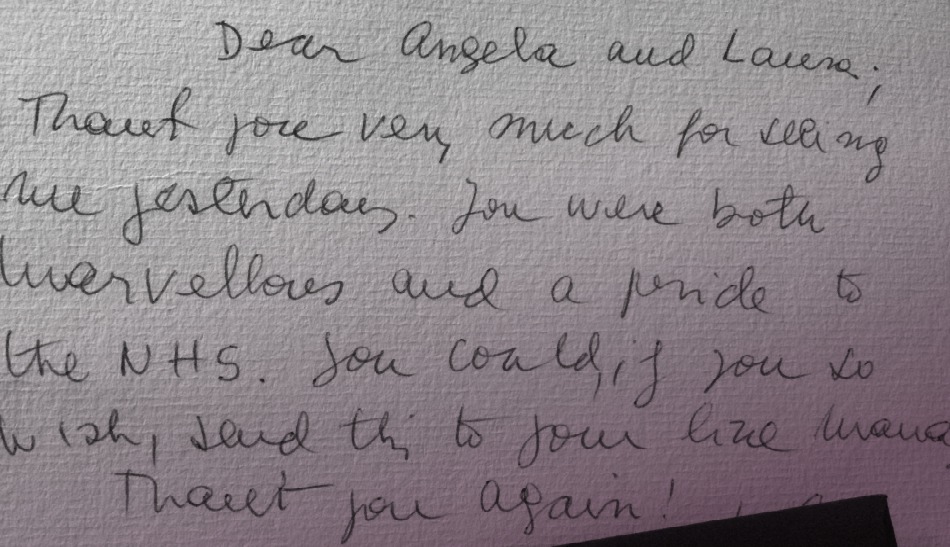



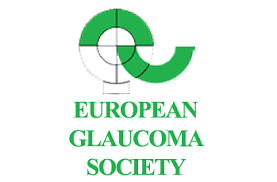

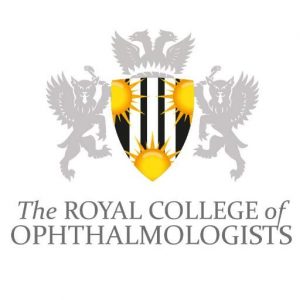






Find us on social media